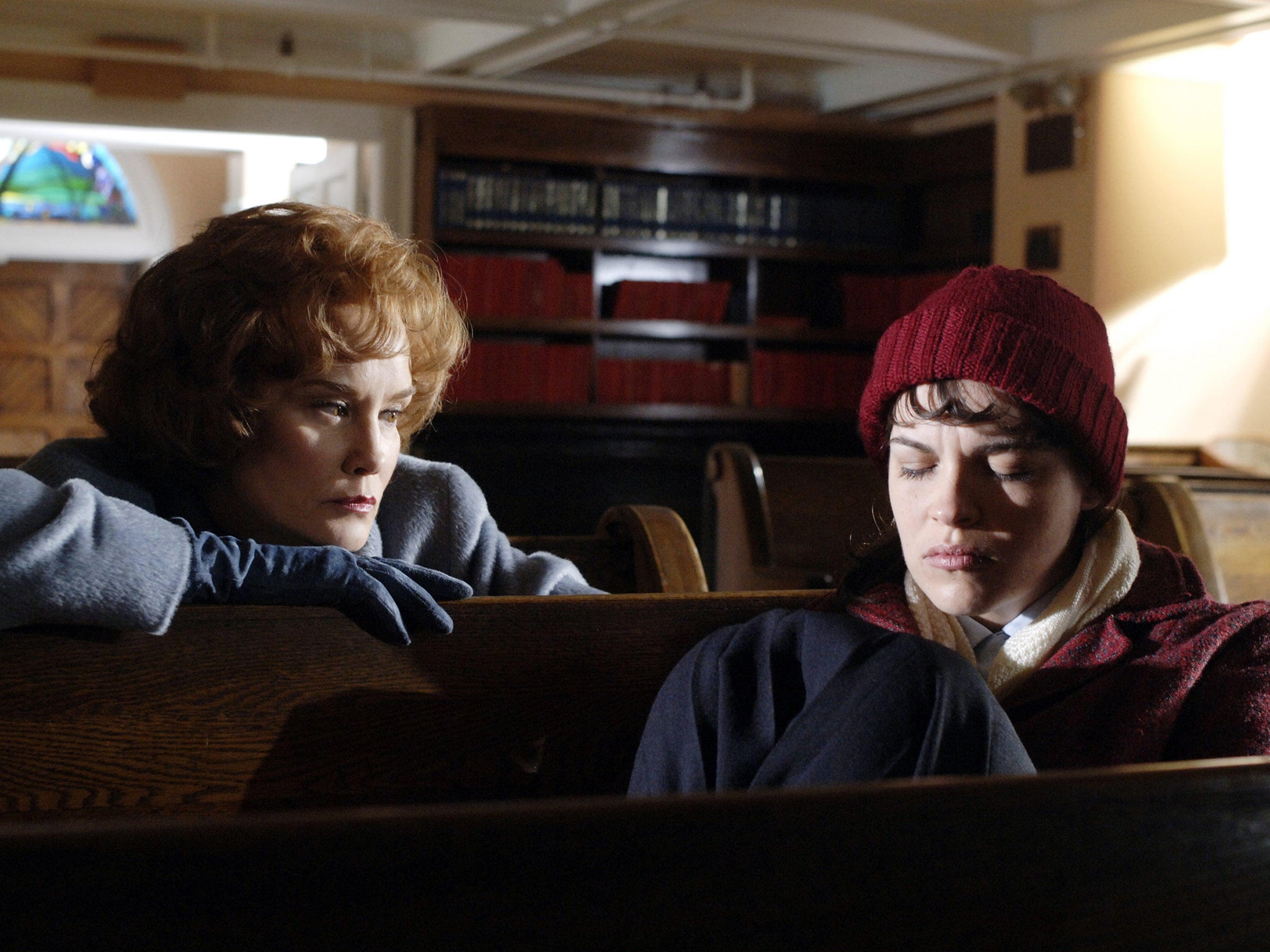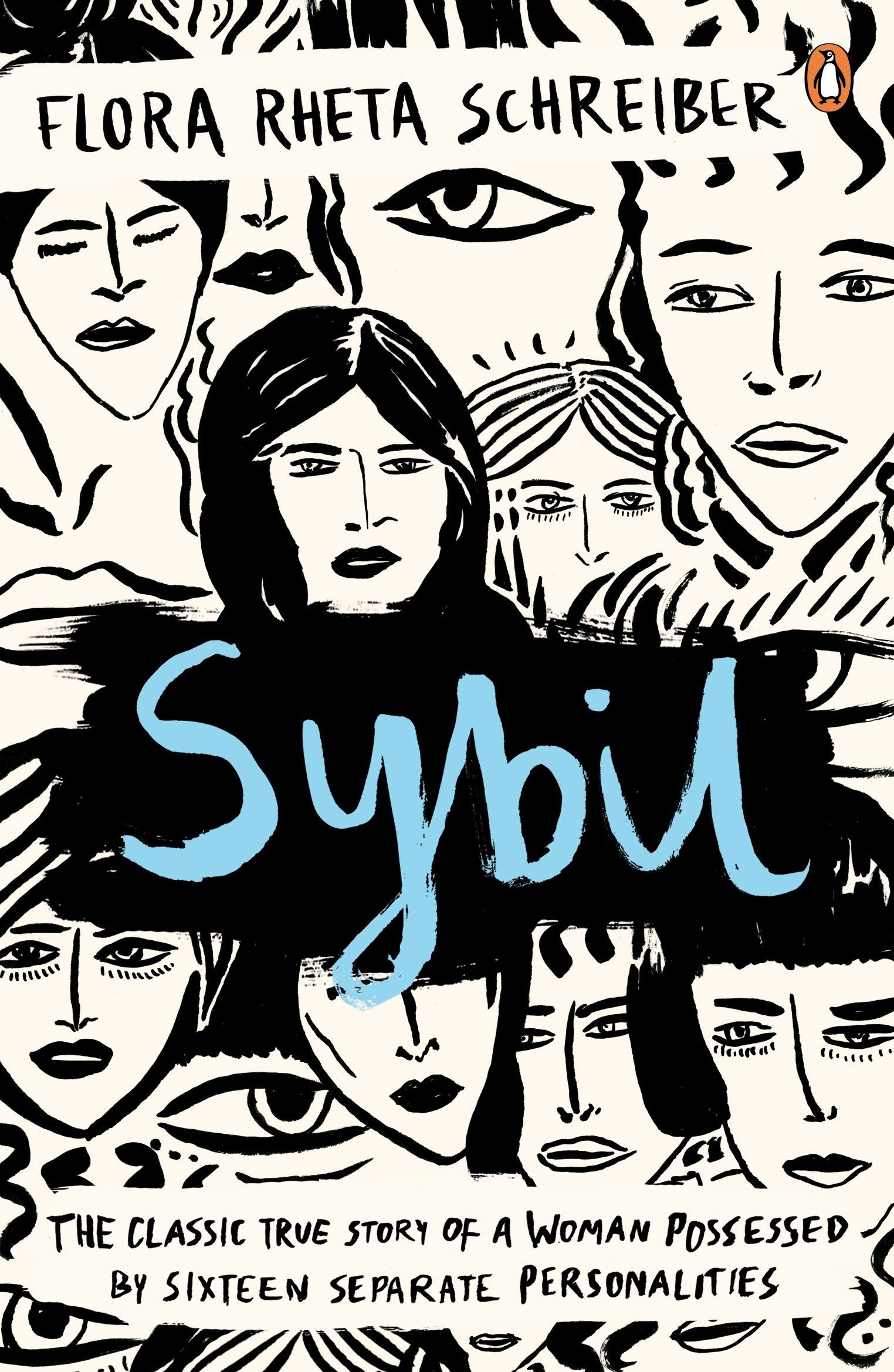Book of a lifetime: Sybil by Flora Rheta Schreiber
From The Independent archive: Lesley Glaister on a classic tale of multiple personalities

Attracted by its ghoulish cover – black with a bevy of scary faces – I picked up Sybil by Flora Rheta Schrieber when I was in my mid-teens and devoured it in one fascinated, bitter-tasting gulp. It’s a nastily fascinating book and gave me stabs and twinges of an unfamiliar feeling as I read it – my first experience, I think, of the queasiness suffered by the prurient.
Sybil relates the treatment of Sybil Dorsett (not her real name) by a psychoanalyst. Originally, the treatment was for social anxiety and memory loss, but during the course of their meetings, the psychoanalyst began to notice Sybil going into a sort of fugue state and other personalities emerging – personalities which, curiously, Sybil herself knew nothing about. Even more peculiarly, these personalities – 16 in all, female and male, and of different ages – knew about Sybil and about each other.
All Sybil knew was that she would lose time, sometimes waking to find herself in an unfamiliar place, or dressed in a stranger’s clothes. Once she woke to find that someone had actually built a wall down the middle of her room during the night.
Now diagnosed with dissociative identity disorder – or multiple personality disorder as it is more commonly known – Sybil and her alter egos entered an extended therapy, including hypnosis, during which the “alters” were encouraged to come out and tell their part of Sybil’s story. The cataclysmic fracture of her personality was traced back to a traumatic childhood incident involving her mother and a button hook (here the prurience really kicked in). The psychoanalyst was then able, via hypnosis, to convince the “alters” first that they were all the same age, and eventually to merge together into a healthy whole.

For years I was intensely and imaginatively involved (and possibly obsessed) with this book. While recognising that Sybil suffered from a serious disorder, I nevertheless felt a kind of envy that she was able to have so many personalities while I had just the one (which I considered to be rather inferior). I read the book many times during my teens and twenties, and reread it years while researching my novel, The Private Parts of Women (1996). I wanted to explore multiple personality disorder for myself and had an enjoyable time splitting one woman into three – a Salvation Army officer; a scarlet woman and a small, angry boy.
Three personalities were difficult enough to write and so my Trixie turned out much less multitudinous than Sybil. It struck me much later that my early wish for more personalities was related to my wish to be a writer. My principal interest as a novelist has always been in inventing – and in the process, inhabiting – new characters, trying to intuit as closely as possible what it actually feels like to be someone else. So it might be said that with all the characters I have created and all the personalities I have tried on over the years, that I got my wish, sparked off by reading Sybil, to experience a sort of multiple personality disorder myself.



Join our commenting forum
Join thought-provoking conversations, follow other Independent readers and see their replies
0Comments